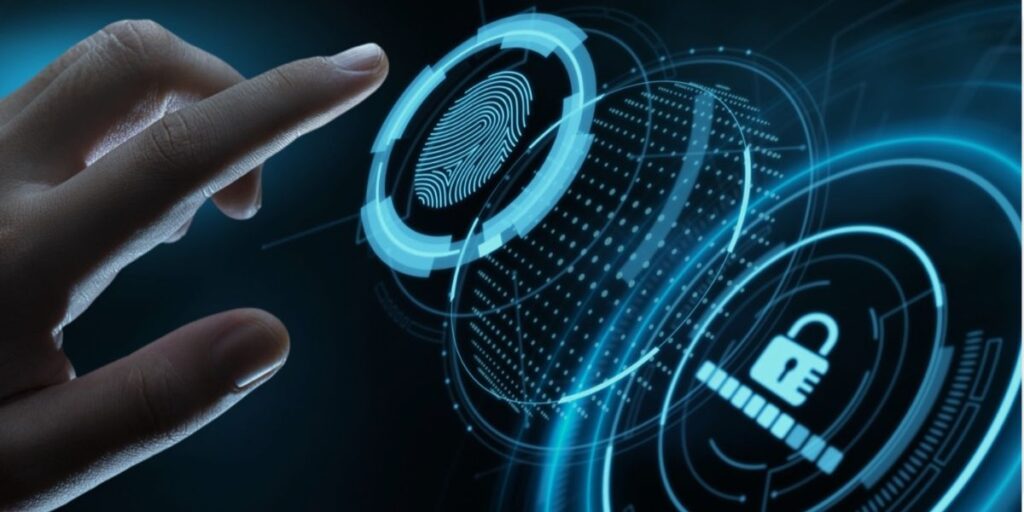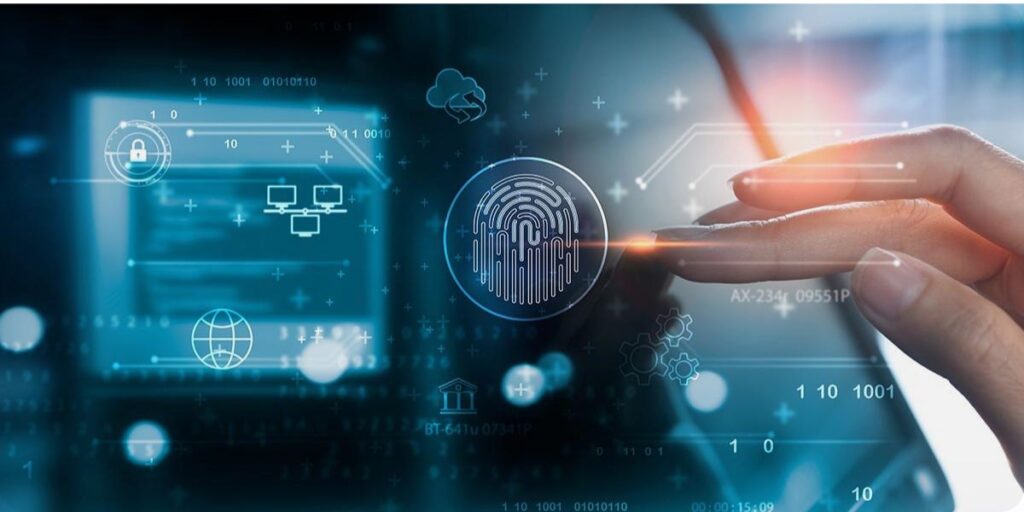In an era defined by rapid technological advancements, biometric security is emerging as a key player in the landscape of digital protection. As traditional methods of authentication—such as passwords and PINs—prove increasingly vulnerable to breaches, biometrics offer a more sophisticated, secure, and user-friendly alternative. From fingerprint scanners to facial recognition systems, the future of biometric security holds the promise of greater protection for personal data and digital assets.
What is Biometric Security?
Biometric security refers to the use of unique physiological or behavioral characteristics to authenticate a person’s identity. These characteristics can range from fingerprints, facial features, and iris patterns to voice, gait, and even heartbeat. Unlike passwords or identification cards, biometric traits are inherently unique to individuals, making it much harder for malicious actors to replicate or steal them.
The most common biometric technologies today include:
- Fingerprint Scanning: Widely used in smartphones and access systems, fingerprint recognition remains one of the most accessible biometric methods.
- Facial Recognition: Popularized by companies like Apple and Facebook, this method maps the unique features of a person’s face for identity verification.
- Iris and Retina Scanning: These systems analyze patterns in the eyes, offering high-level security in applications like border control and law enforcement.
- Voice Recognition: Utilized in voice-activated devices and call center authentication, this method analyzes vocal patterns to verify identity.
- Behavioral Biometrics: This emerging field includes keystroke dynamics, gait analysis, and other behavioral patterns to establish a user’s identity.
Why Biometrics Are the Future of Security
- Enhanced Security: Traditional authentication methods like passwords are susceptible to phishing attacks, keyloggers, and data breaches. Biometrics, however, are much more difficult to forge or steal. Since biometrics rely on unique biological traits, they significantly reduce the likelihood of unauthorized access.
- Convenience: Users increasingly demand more convenient methods of securing their digital lives. Biometric systems offer a seamless experience, allowing people to unlock devices or gain access with just a glance or touch. This eliminates the need for remembering complex passwords or carrying identification cards.
- Multi-Factor Authentication (MFA): The future of biometric security will likely see more integration with multi-factor authentication systems. By combining biometrics with other security measures—such as tokens or passcodes—organizations can create an even more secure authentication environment. For example, fingerprint scanning might be paired with a one-time password sent to a smartphone, adding layers of security.
- Reduction in Fraud: With biometrics, fraud becomes significantly harder to commit. In the financial sector, for example, biometric authentication for online transactions can prevent identity theft and credit card fraud. Similarly, the healthcare industry can use biometrics to ensure that medical records are accessed only by authorized personnel or patients.
Emerging Trends in Biometric Security
- Artificial Intelligence (AI) Integration: AI is poised to play a critical role in the future of biometric security. Machine learning algorithms can help biometric systems become more accurate over time, analyzing vast amounts of data to improve identification and reduce false positives. AI also enhances the ability of biometric systems to adapt to changes, such as facial recognition adapting to aging or changes in appearance.
- Biometric Encryption: While biometrics offers superior security, they are not immune to hacking. To address this, biometric encryption is being developed. In this system, instead of storing raw biometric data, an encrypted version of the data is stored. If an attacker breaches the system, they would only access encrypted data rather than the actual biometric information.
- Wearable Biometrics: The rise of wearable technology presents new opportunities for biometric security. Devices like smartwatches and fitness trackers can collect biometric data in real-time, such as heart rate or skin temperature, and use it for authentication purposes. These devices could revolutionize industries like healthcare and personalized fitness, where continuous biometric monitoring is key.
- Privacy and Ethical Concerns: As biometric security becomes more widespread, privacy concerns will be at the forefront of discussions. Collecting and storing biometric data raises questions about who controls this sensitive information and how it is protected from misuse. Governments and companies will need to develop stringent regulations to ensure that biometric data is handled ethically and that individuals’ privacy is respected.
The Challenges Ahead
Despite its potential, biometric security faces several challenges:
- Data Breaches: While biometrics is harder to steal than passwords, they are not immune to breaches. If a biometric database is compromised, the consequences could be far-reaching, as biometric traits cannot be reset or changed like a password. This makes the secure storage and encryption of biometric data critical.
- False Positives and Negatives: No biometric system is perfect. Factors such as lighting, age, or physical changes can impact the accuracy of facial recognition or fingerprint scans. Systems need to evolve to reduce these errors and ensure consistent reliability.
- Ethical Considerations: As biometrics become more pervasive, concerns about surveillance and privacy will intensify. Governments and companies must strike a balance between leveraging biometric security and respecting individual rights.
Conclusion
The future of biometric security is bright, offering innovative solutions to the pressing challenges of data protection and identity verification. As technology continues to evolve, biometrics will likely become an integral part of everyday life, from unlocking smartphones to securing sensitive information in financial, healthcare, and governmental systems. However, this future will also require vigilance in addressing privacy concerns, ethical dilemmas, and the security of biometric databases. With the right advancements and safeguards, biometrics have the potential to revolutionize the way we protect our digital world.




